You just found out that your body can’t tolerate gluten. Whether you have been diagnosed with celiac disease or non celiac gluten sensitivity, your only chance at feeling better is completely cutting gluten out of your diet. Devastating, right? Unfortunately, the only treatment for disorders associated with gluten is following a strict gluten intolerance diet. This must feel scary and overwhelming, and the fact that gluten is pretty much everywhere is not helping at all. You’re probably already spending hours at the grocery store reading ingredients and trying to find safe food options. But don’t worry, it gets easier in time! We promise that after a while, finding delicious gluten free diet foods won’t be such a hassle. Firstly, you need to create a gluten free diet plan for beginners that will help you navigate your new lifestyle.
We’re here to help you do that!
The first step in managing the gluten-free diet is to understand which foods contain wheat, rye, and barley so they can be eliminated from the diet, and intestinal healing can begin.
Gluten Free Diet Foods
You’d be surprised how many foods are actually safe for people suffering from celiac disease – the list of naturally gluten free foods is long.
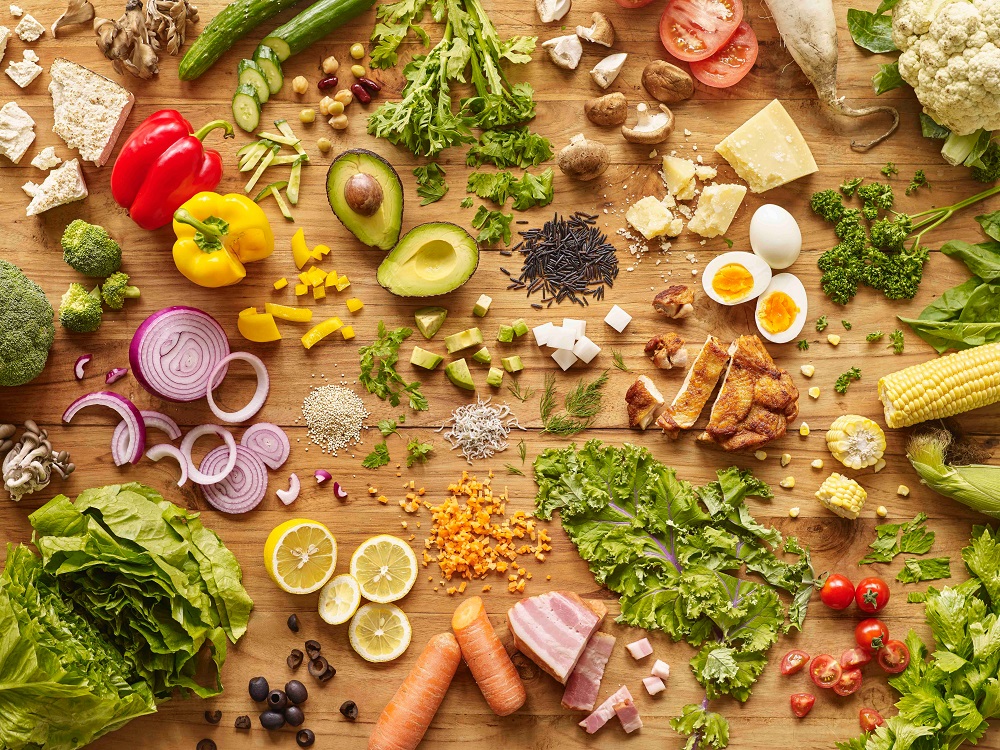
It includes all fresh fruits and vegetables, a variety of grains, unprocessed meats, fish, eggs, milk and plenty of dairy products.
List of naturally gluten free foods:
- All fresh vegetables
- All fresh fruits
- Unprocessed, fresh meats
- Seafood
- Legumes
- Eggs
- Milk and dairy products
- Grains: rice, quinoa, buckwheat, chickpeas, millet, amaranth, brown rice.
- Nuts
- Coffee and tea
- Oats – only certified gluten free
Beware of Cross Contamination
There are so many gluten free foods out there, so why is it so difficult to follow a strict gluten free diet? Two words: cross contamination. According to experts, if you’re trying to follow a gluten free diet plan for beginners, this is the most important thing you should watch out for.
Gluten exposure from cross-contamination may lead to ongoing disease activity, and is of concern.
Cross contamination can happen at any point – from producing and packaging to serving the food. Simply put, naturally gluten free foods that are processed in a facility that also processes gluten are not gluten free. Cross contamination can also happen in restaurants that use shared fryers (which usually contain traces of flour) and utensils for all of the meals. If you have celiac disease, you should avoid this and make sure the space your food is made in is completely gluten free and celiac safe. This includes the kitchen in your home.
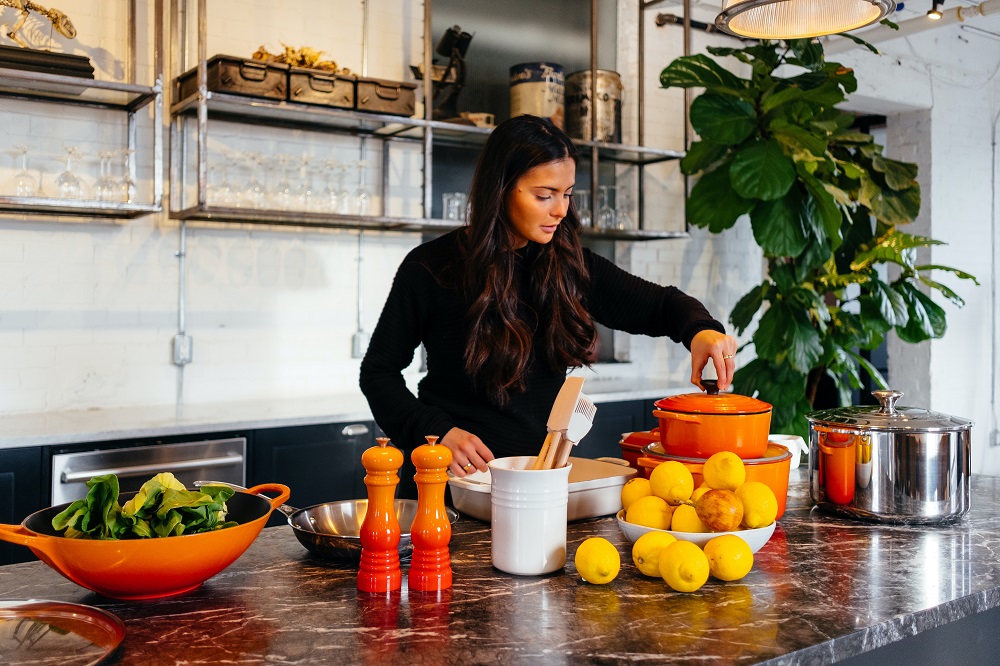
The best way to do this is to use certified gluten free foods and avoid eating out, unless the restaurant serves only gluten free diet foods or if you’ve made sure that the staff is aware of your dietary needs.
Foods to Double Check
Gluten is a sneaky ingredient, and as mentioned earlier, it can find its way into naturally gluten free foods. You should always read the ingredients list, especially when the product is pre – packaged or pre – wrapped. Gluten can hide in flavoring, thickeners, mold cultures, and other food additives.
Here are some foods you should always double check:
- Frozen, canned, pre chopped or dried fruits and vegetables
- Processed meats (e.g. salami, sausage, bacon, pepperoni), meat substitutes, season meats and ground meats
- Processed dairy products, flavored milks and yogurts, ice cream
- Non alcoholic and alcoholic beverages with added flavorings
- Spices, sauces and condiments
Gluten Free Diet Plan for Beginners
What’s the best gluten free diet plan for beginners? Here’s the deal: there still might be inflammation happening in your body from all of the gluten you’ve consumed so far. So for starters, it’s best to keep it simple and use fewer ingredients. Your gut needs some time to heal, and you might have some other food intolerances, (e.g. lactose) that you’re not aware of.
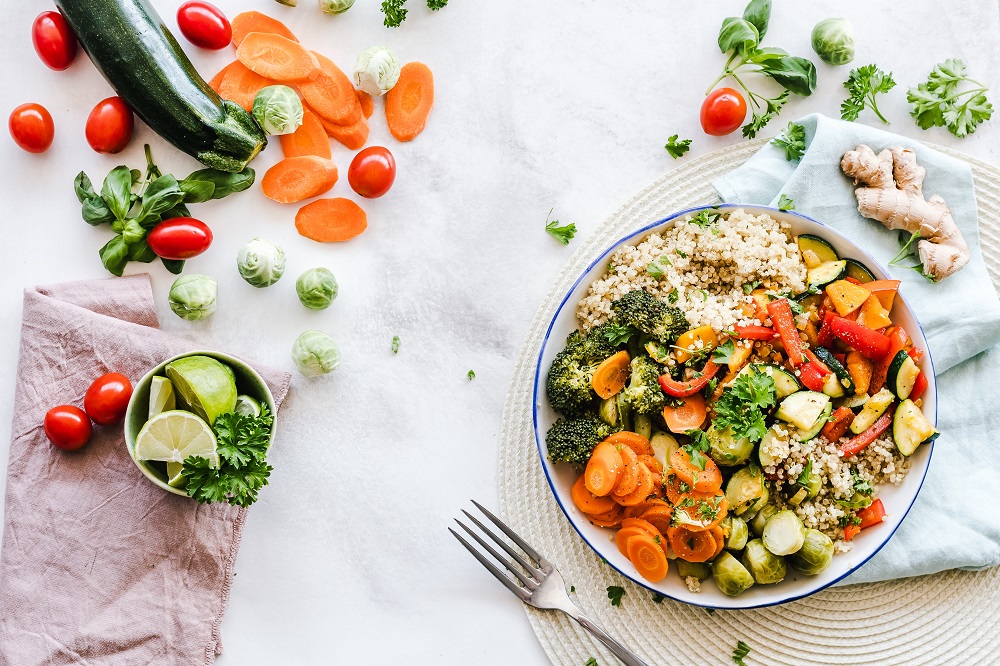
There’s a long list of gluten free foods and snacks that are processed and filled with food additives and harmful ingredients that surely won’t help you heal. This is why adding fresh ingredients to your meals is the way to go.
Here are some simple gluten free meal ideas for beginners:
Breakfast
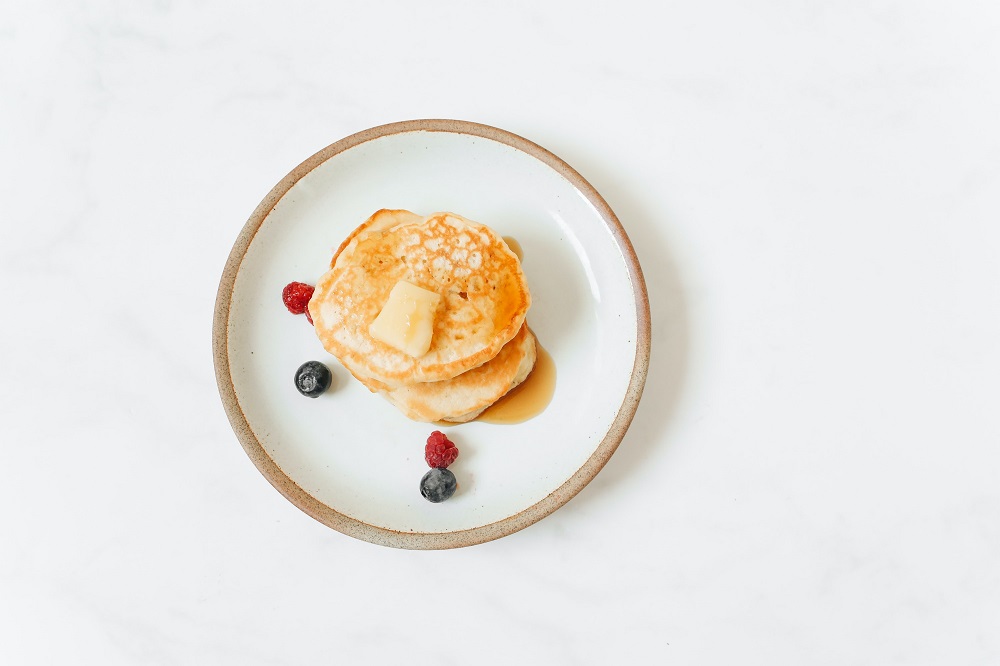
- Scrambled Eggs
- Blueberry Oatmeal
- Coconut Chia Pudding
- Overnight Oats
- Egg Cups
- Gluten Free Banana Muffins
- Polenta Fries
- Coconut Flour Pancakes
Lunch
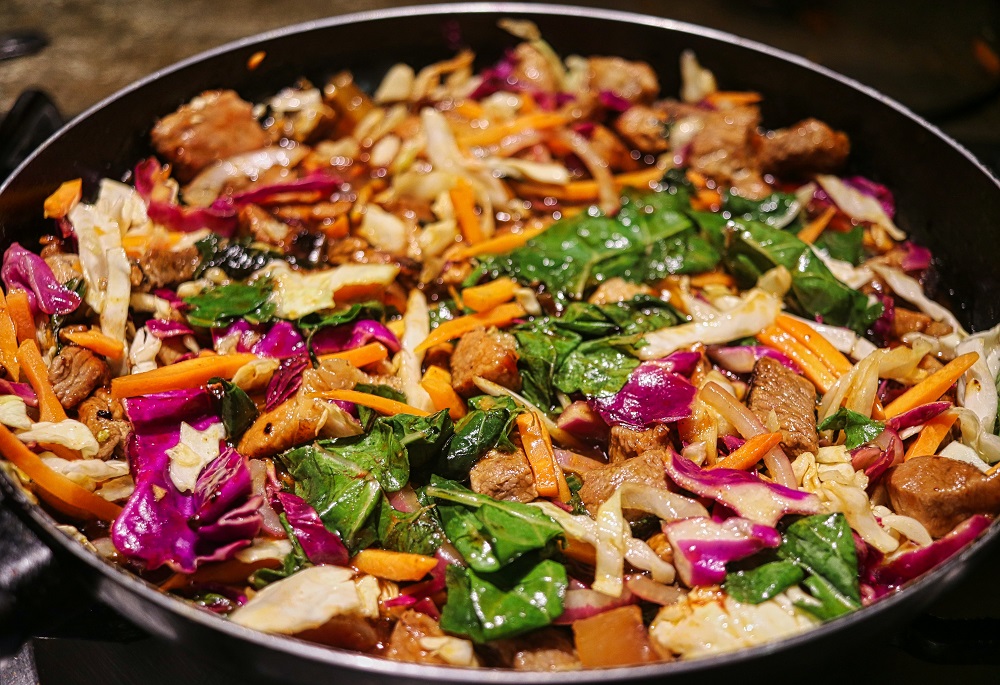
- Cauliflower Pizza
- Avocado Tuna Salad
- Grilled Turkey Burgers
- Ground Beef Taco Salad
- Zucchini Fritters
- Vegetable Frittata
- Fettuccine Alfredo Pasta with Bacon
- Chicken Fried Rice
- Shepherd’s Pie
- Chicken & Veggies Skewers
- Beef Broccoli Stir Fry
Dinner
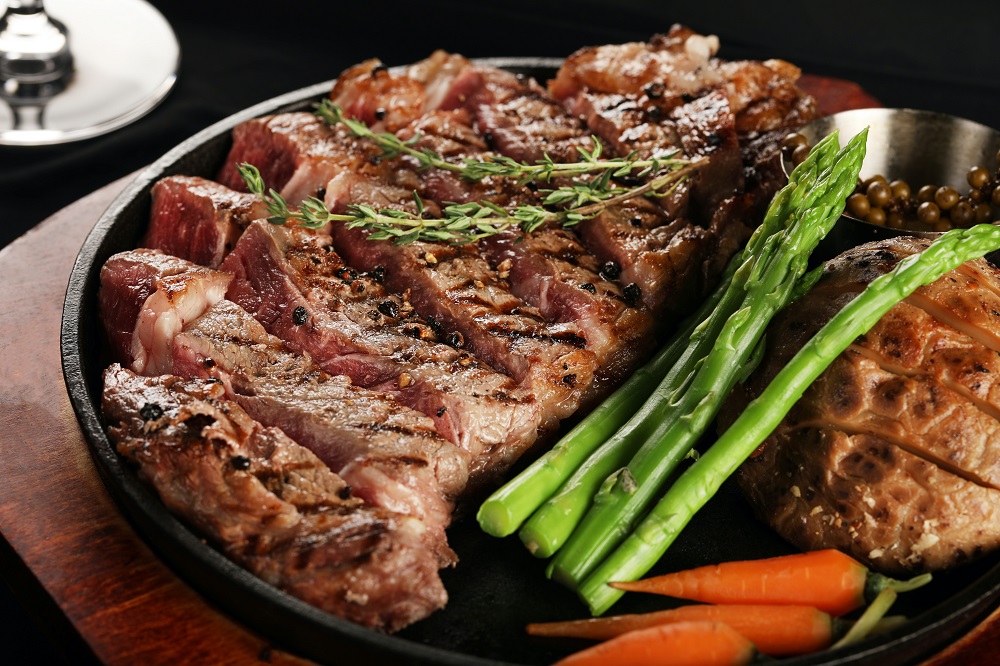
- Gluten Free Mac & Cheese
- Garlic Butter Steak
- Oven Baked Pork Chops with Potatoes
- Vegetable Steak Soup
- Gluten Free Spaghetti Bolognese
- Eggplant Parmigiana
- Salmon with Dill Sauce
- Mushroom Risotto
Gluten Free Diet Tips for Beginners
The gluten free diet may seem complicated and difficult to navigate at first. However, there are a couple of things that you can do to lighten the burden and make eating gluten free more enjoyable for yourself.
Here are some tips that can help you follow a gluten free diet plan for beginners with ease:
Educate Yourself
In order to stay safe from gluten, you will need to educate yourself on ingredient reading, gluten free labels and hidden sources of gluten.
Proper gluten-free diet education and counseling by an expert registered dietitian is necessary to aid in adherence to the gluten-free diet.
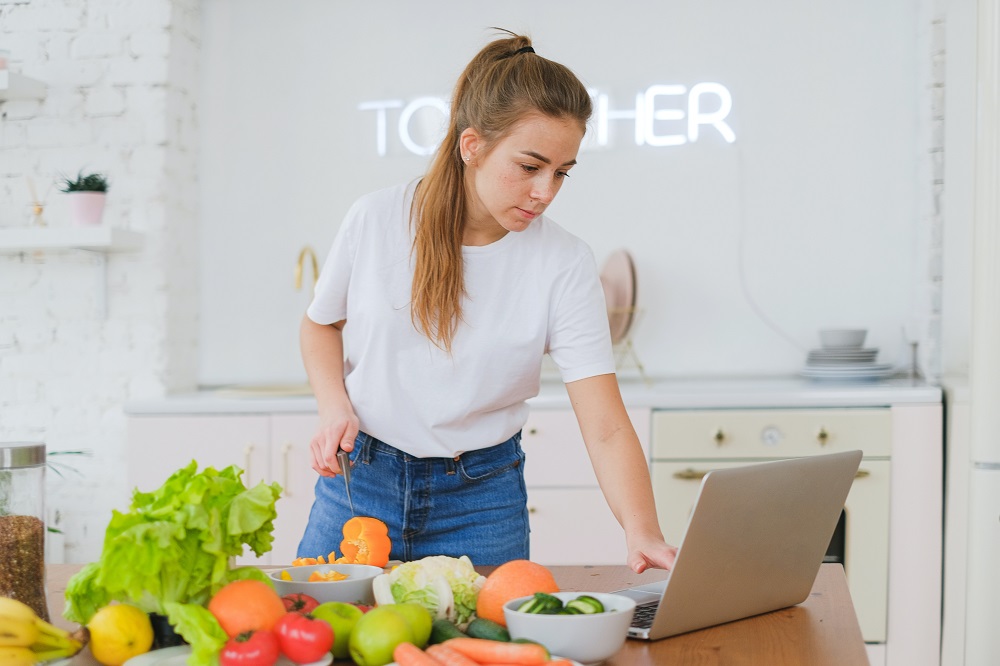
Learning about all of these things is a process and it will likely take some time, so don’t let it consume you. Read up just a little every day and slowly broaden your knowledge.
Always Check Ingredients
You should always read the ingredients, even when having a familiar gluten free snack. Brands constantly come up with new products and change the way they process/package foods. So, if your favorite gluten free food is safe now, it does not mean that it will stay that way. Remember to read labels, double check and stay safe from gluten containing ingredients!
Eat Less Processed Foods
Processed foods tend to contain a lot of harmful additives that may interfere with your healing. These foods also contain tons of sugars and unhealthy ingredients
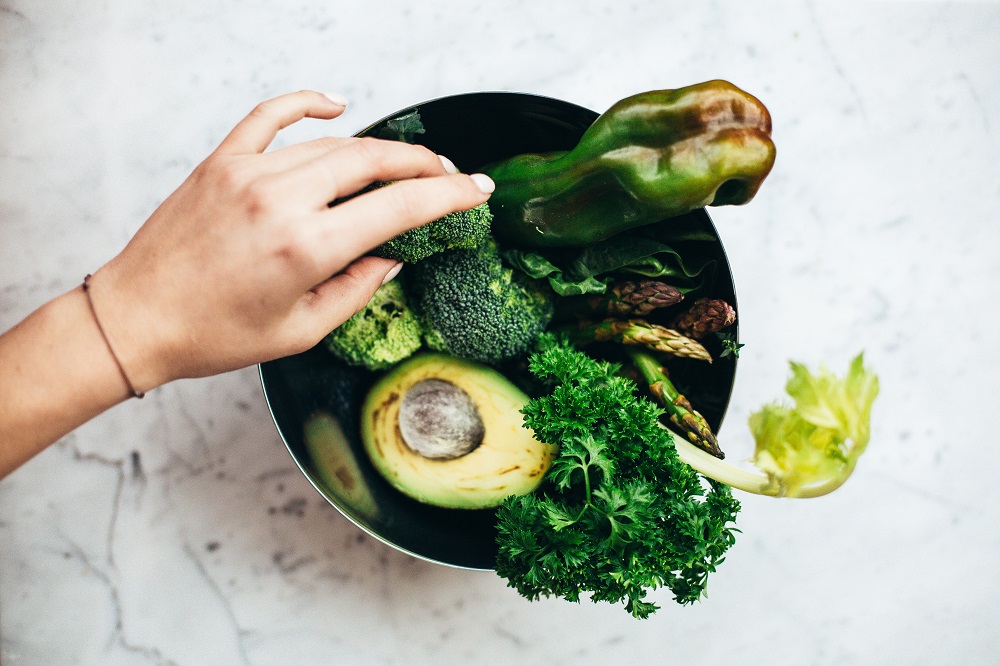
Remember – gluten free does not mean healthy!
Keep it Simple
As mentioned earlier, fewer ingredients mean lower risk of contamination and getting exposed to gluten. Start off with simple, easy recipes that contain just a couple of ingredients such as fresh meats, fruits and vegetables, just as the meals we suggested in this article.
Once you feel confident in reading labels and trying new gluten free products, work your way up to complex meals that require spices, sauces and added flavors that need double checking.
Cook from Scratch
People that suffer from celiac disease are usually good cooks, just because eating gluten free requires lots of planning and meal prepping.
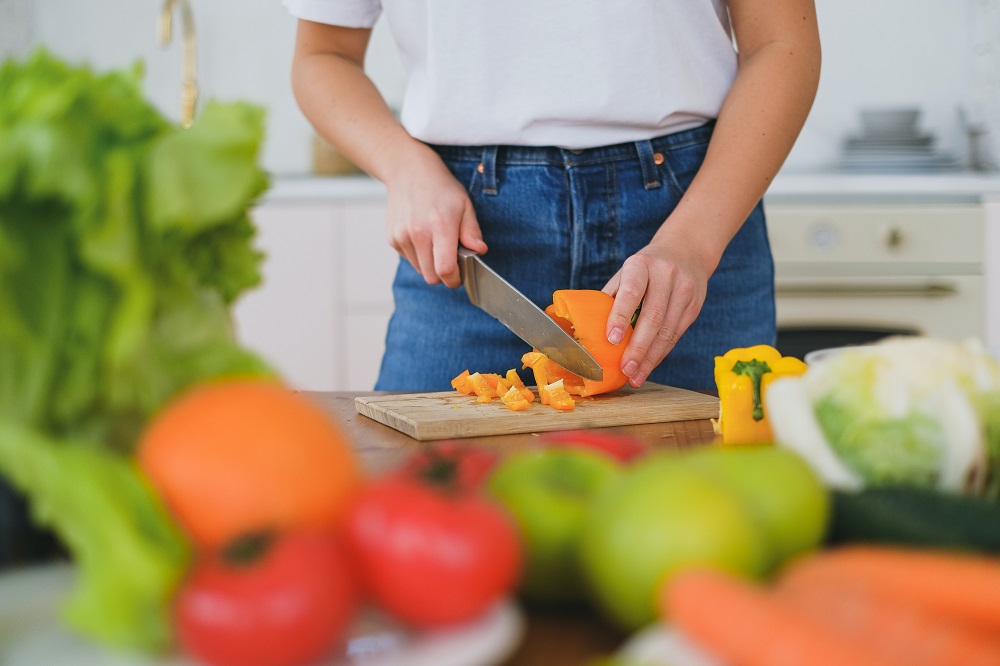
The safest gluten free diet foods are the ones you make yourself, so try to cook your meals from scratch and eat homemade food as much as you can.
Beware of Gluten Free Menus
If you’re eating out, make sure to check the restaurant beforehand and communicate your dietary needs with the staff. You can also search for reviews online and read about other people’s experiences. Gluten free meals are not always celiac safe, especially in restaurants that serve gluten containing food. This is why you should always beware of gluten free menus and ask if your food is made in a separate area.
Final Words
We hope this article helps you on your quest for delicious gluten free diet foods. And no matter how confusing this lifestyle seems, we promise, it does get better!